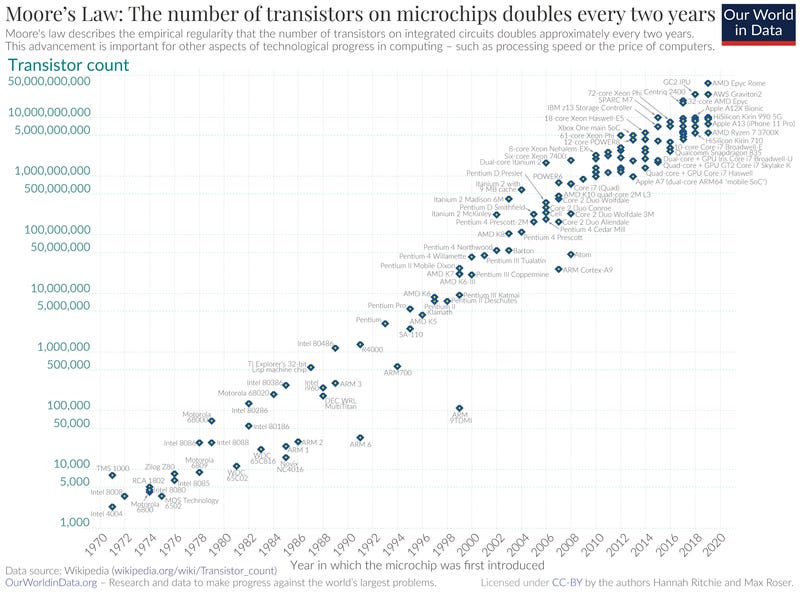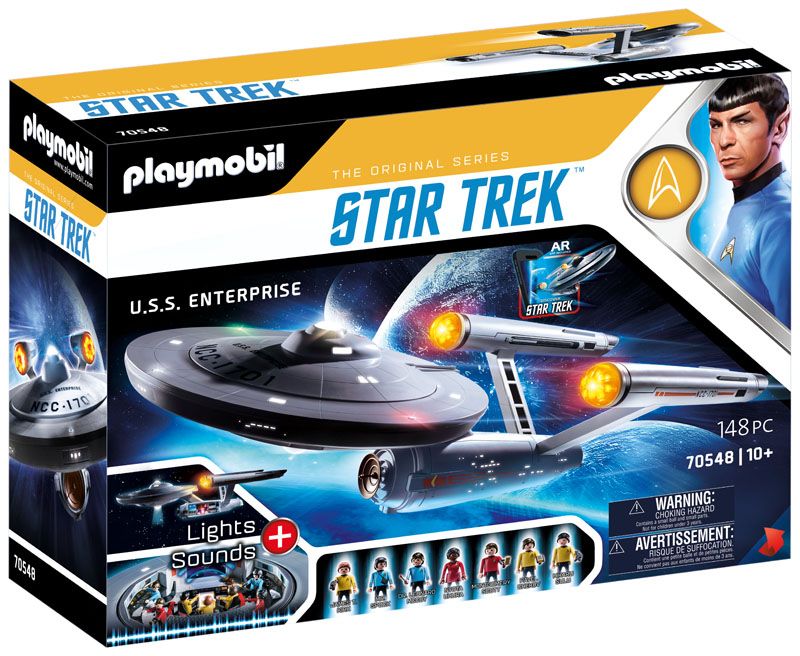
James Webb Confirms Hubble’s Calculation of Hubble’s Constant
We have been spoiled over recent years with first the Hubble Space Telescope (HST) and then the James Webb Space Telescope (JWST.) Both have opened our eyes on the Universe and made amazing discoveries. One subject that has received attention from both is the derivation of the Hubble Constant – a constant relating the velocity of remote galaxies and their distances. A recent paper announces that JWST has just validated the results of previous studies by the Hubble Space Telescope to accurately measure its value.
The Hubble Constant (H0) is a fundamental parameter in cosmology that defines the rate of expansion of the universe. It defines the relationship between Earth and distant galaxies by the velocity they are receding from us. It was first discussed by Edwin Hubble in 1929 as he observed the spectra of distant galaxies. It is measured in unites of kilometres per second per megaparsec and shows how fast galaxies are moving away from us per unit of distance. The exact value of the constant has been the cause of many a scientific debate and more recently the HST and JWST have been trying to fine tune its value. Getting an accurate value is key to determining the age, size and fate of the universe.
A paper recently published by a team of researchers led by Adam G. Riess from John Hopkins University validate the results from a previous HST study. They use JWST to explore its earlier results of the cepheid/supernova distance ladder. This has been used to establish distances across the cosmos using cepheid variable stars and Type 1a supernovae. Both objects can be likened to ‘standard candles’ whose actual brightness is very well understood. By measuring their apparent brightness from Earth, their distances can be calculated by comparing it to their actual brightness, their intrinsic luminosity.








/cdn.vox-cdn.com/uploads/chorus_asset/file/24937771/DSC02140.JPG)










.png)
